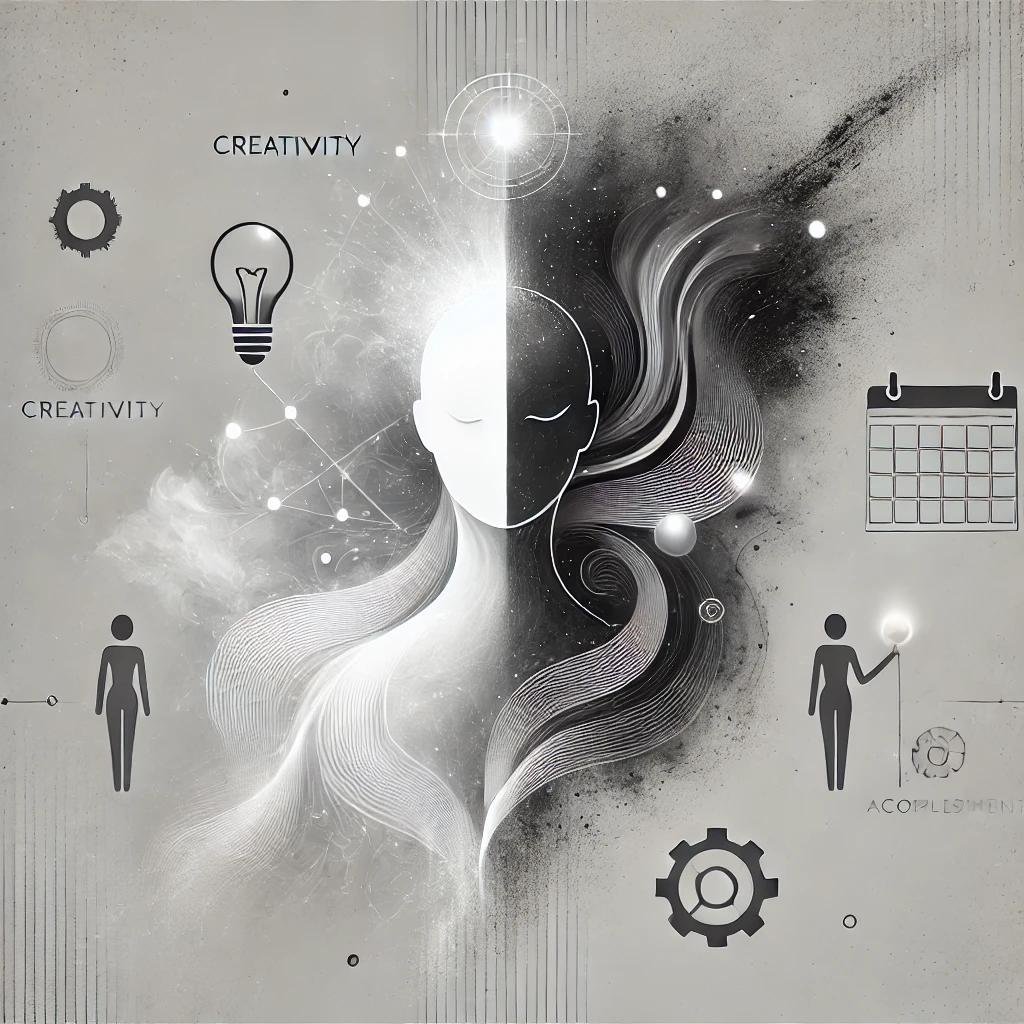How to Use AI: A Conversational Partner for Creativity and Accomplishment
AI is not a magic wand that does everything for you; instead, it’s a powerful tool designed to support your creative ideas, help you identify blind spots, and break complex processes into achievable steps. Think of it as a brilliant and supportive friend—always ready to brainstorm, refine, and guide you toward success.
To fully unlock the potential of AI, it’s essential to approach it as a conversational experience. The interaction is where the magic happens, and with a few tips, you can master the art of “conversation engineering” to get the most out of this incredible tool.
AI is Here to Support You, Not Replace You
AI doesn’t create in isolation; it collaborates. When you have an idea, even one that’s half-formed or fuzzy, AI can help you:
Break the idea into manageable pieces.
Map out steps to accomplish your goals.
Spot potential challenges or gaps.
Refine your thoughts into actionable plans.
But remember: the process works best when you actively participate. Your input is what shapes the output, and AI’s strength lies in amplifying your creativity, not replacing it.
Conversation Engineering: Tips to Get the Most Out of AI
Here are some practical tips to elevate your interactions with AI:
1. Start with a Clear Prompt
The more context you provide, the better the response will be. A good prompt explains:
What you’re working on.
What you need help with.
Any specific instructions or details.
For example:
“I’m brainstorming ideas for a blog about AI. Can you suggest unique angles, structure ideas, and examples to make it engaging for readers?”
2. Use Iterative Refinement
AI thrives on iteration. Give it a prompt and then ask for improvements. For example:
Step 1: Ask AI for help creating a blog outline.
Step 2: Reply with, “How can this outline be improved?”
Step 3: Use the improved version or tweak it further.
Pro Tip: Copy the refined version into a new conversation to ensure focus and clarity.
3. Use "Ask Me Questions to Clarify" in Prompts
To get results that align closely with your vision, ask AI to ask you questions.
Example:
“I want to write a story about a futuristic city powered by AI. Ask me questions to help clarify the plot and characters.”
This creates a more dynamic back-and-forth exchange, helping you refine your ideas in real-time.
4. Break Large Tasks into Smaller Parts
When working on complex projects, tackle them in stages.
Step 1: Ask for a high-level roadmap.
Step 2: Dive deeper into individual steps one by one.
Example:
“I want to create an online course about gardening. Can you help me outline the main modules? Then we’ll dive into each module for lesson ideas.”
5. Understand Parameters and Task Instructions
AI works best with clear boundaries. Adding parameters helps guide responses.
For example:
“Write this in a casual tone for beginners.”
“Limit this to 500 words.”
“Focus on environmental benefits, not technical jargon.”
Using AI Should Feel Natural
The beauty of AI is that it adapts to you. Don’t feel intimidated by the process—it’s conversational, intuitive, and even fun. Think of it as sitting down with an expert who’s also your cheerleader. The more you engage, the more you’ll discover how natural and rewarding the experience can be.
Final Thoughts
AI isn’t about replacing your creativity or effort—it’s about enhancing them. With the right approach, it can be your go-to partner for brainstorming, planning, and achieving your goals. The process is as simple as starting a conversation and iterating together.
So, start small. Experiment. And remember, AI works best when you take the lead, steering the interaction with curiosity and purpose. It’s not about what AI can do for you—it’s about what you and AI can create together.

